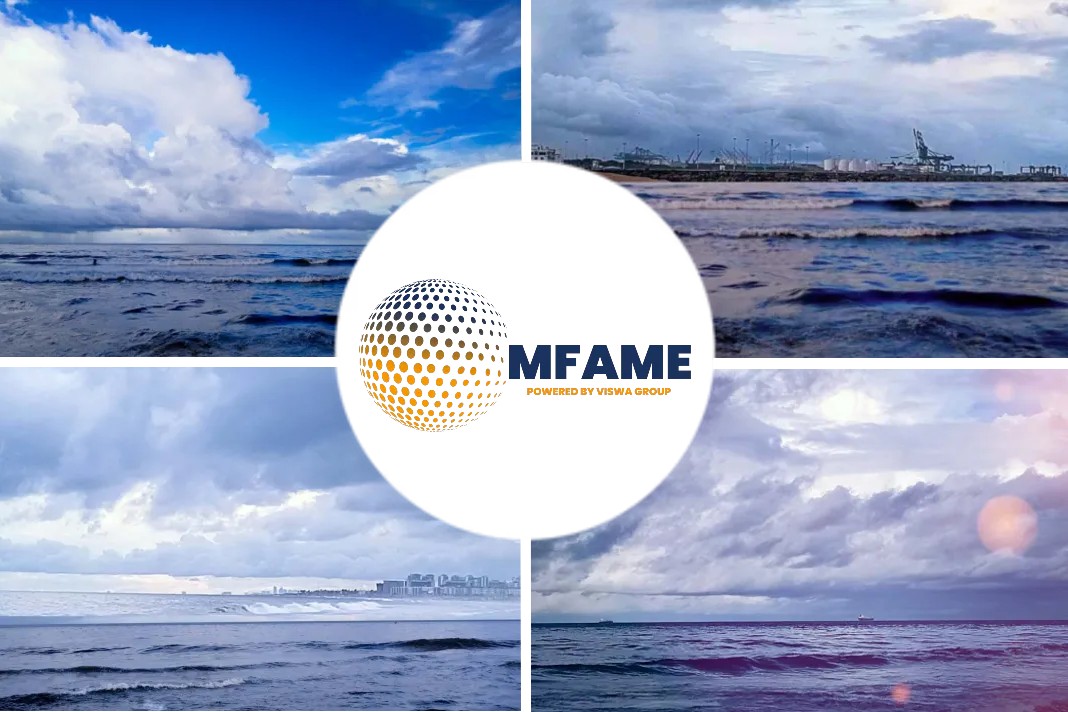- Onsite storage is equal to 9 billion m³ LNG per year.
- We’re pleased to welcome the innovative Port of Zeebrugge to our coalition.
- In 2021, nearly one-third of orders for vessel newbuilds, by capacity, was powered by LNG.
With the world’s first purpose-built LNG bunkering vessel, the Engie Zeebrugge (now Green Zeebrugge), which began operations in June 2017, the Port of Zeebrugge has pioneered the development of LNG bunkering in Europe as reported by Offshore Energy.
Supporting infrastructure development
The agreement is believed to demonstrate the extent of cooperation between ports and other major companies throughout the LNG value chain, notably in Europe.
According to SEA-LNG, it is critical to continue to support LNG and bio LNG infrastructure development now, and to ensure that this infrastructure is in place for future use with renewable synthetic LNG.
SEA-LNG fosters investment and growth in the ecosystem of assets and infrastructure that allows enterprises to quickly embrace LNG as a marine fuel around the world by bringing together parties from across the shipping sector that has chosen the LNG pathway.
The Port of Zeebrugge is one of the world’s busiest roll-on/roll-off ports, handling 49.1 million tonnes of cargo in 2021.
CSP Zeebrugge Port is a deep-sea container terminal near the open sea and the key shipping routes of north-western Europe.
LNG-Fuelled shipping
Infrastructure for storing and transferring LNG marine fuel has been installed and used at the Port of Zeebrugge since 1987.
The port is one of the main hubs for LNG supply in the region, receiving pipelines from Norway and the UK, and vessel imports from Qatar.
Onsite storage is equal to 9 billion m³ LNG per year.
“We’re pleased to welcome the innovative Port of Zeebrugge to our coalition.
We look forward to working with the port and its users to continue to drive the growth of environmentally-friendly LNG-fuelled shipping in northwest Europe, creating a pathway for long term decarbonisation of the industry,” Peter Keller, Chairman, SEA-LNG, commented.
Accessible LNG bunkering
LNG will power nearly one-third of new vessel orders in 2021, according to capacity. LNG bunkering infrastructure is rapidly expanding around the world, with Clarkson predicting that by the end of 2022, LNG bunkering will be accessible in 170 ports.
This growth underlines the reality that LNG is already a transitional fuel that, with the addition of carbon-neutral drop-in fuels, can take shipping from today to 2050.
After 2030, a 10% increase in the carbon-neutral blend of LNG fuel will provide an additional two years of compliance with CII standards, compared to oil-fueled boats.
Did you subscribe to our newsletter?
It’s free! Click here to subscribe!
Source: Offshore Energy






















